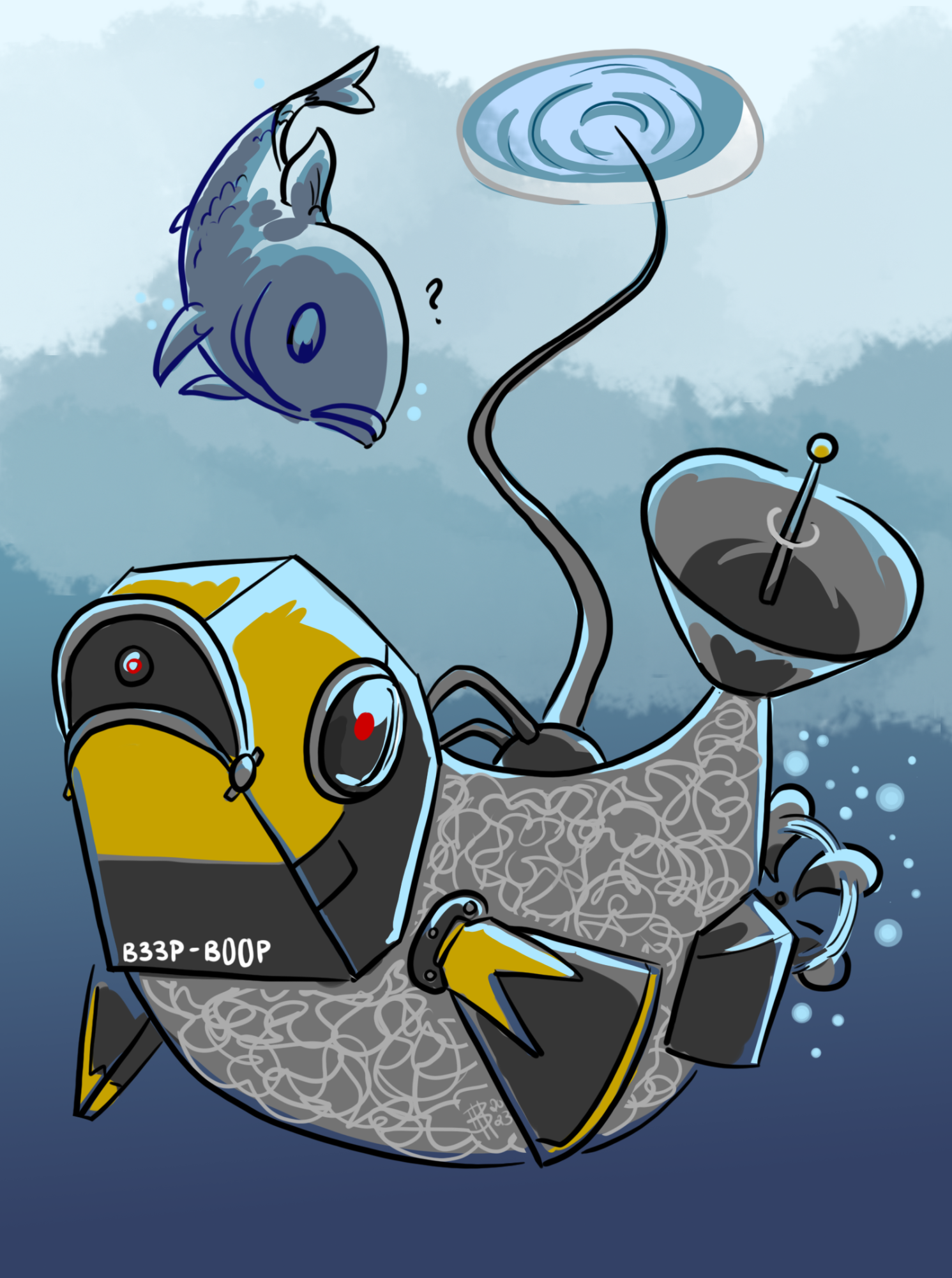Two Oregon State University researchers are part of a program to design a swarm of robots to be released underneath ice sheets, in order to study their conditions.
OSU Associate Professors Jessica Garwood and Geoff Hollinger are part of the program, which is funded by the National Science Foundation. The robots will be gathering data from the ice sheets such as temperature, salinity, pressure, as well as the sheets’ shapes at different depths. This will allow researchers to better infer how glaciers are melting.
To achieve this, the team plans to create a mothership alongside a swarm of smaller robots.
The principal development will be the swarm robots themselves. The swarm could take the form of 10 to 100 robots each half a meter to a full meter in size, said Garwood, an assistant professor from the College of Earth, Ocean and Atmospheric Sciences.
The ultimate goal of this study is to test the prototype system in a frozen lake in Oregon. If all works well, then future studies could potentially explore Antarctic ice sheets.
There are many problems that the study needs to solve in order to be successful. For one, the location beneath ice sheets is remarkably dangerous.
Strong water currents, pressure and corrosiveness can easily destroy expensive equipment. Additionally, with the entire environment being under thick sheets of ice, there’s nowhere to go once things go wrong.
“We’re trying to mitigate the risk by having that vehicle (the mothership) do most of the traveling,” Garwood said, one of the principal investigators on the study. “It might even do some of the coordination, but the smaller vehicle, if you lose one it isn’t as much of an impact on the research. It’s a distribution of the risk.”
Another problem is that of communication–being underwater, where wireless communication is entirely impossible.
This leaves acoustic communication, such as sonar, as the only known solution. Problem is, the field of acoustic communications has long been left behind for other methods.
The study is being held nationally, with around 40 scientists of different specialties coming from around the country, said Hollinger, an associate professor from the College of Engineering.
“This was a part of a somewhat unique NSF thing, called the Idea Lab,” Hollinger said. “The way the Idea Lab works is NSF puts out a call for short white papers. The goal of that workshop is to develop a proposal with a collaborative team.”
The theme of the workshop that eventually spawned this study was engineering technologies to advance underwater sciences. The team now working on the swarm of underwater robots came together through the workshop environment.
Garwood, who grew up far away from the ocean near Montreal, didn’t develop an interest in oceanography until attending university.
“I was really sold on oceanography when I came to university for my bachelor’s,” Garwood said. “I realized that I really love the quantitative aspect of our field, that is also describing real phenomena.”
Hollinger, who advises students in the Robotic Decision Making Lab, also first became interested in robotics when he himself was a college student.
“I originally got interested in robotics in undergraduate,” Hollinger said. “My undergraduate advisor had gotten his Ph.D. at the Robotics Institute at Carnegie Mellon. With the help of his letter of recommendation I was able to get into Carnegie Mellon and I got my Ph.D. there and became a part of the community.”
The project was awarded $1.5 million dollars, and is expected to take three years to develop.

















































































































